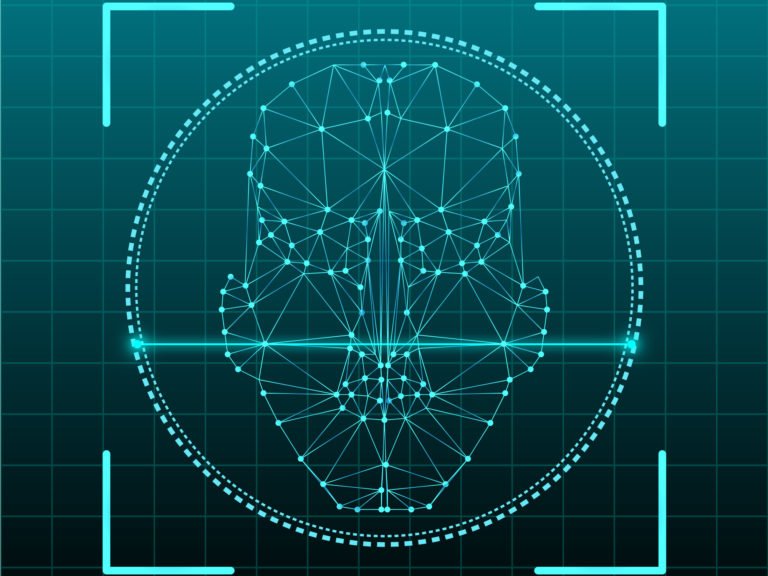
Biomitry, What is it?
Quite a bit of history
The basis of the science of identity is the idea of measuring the human body and its parts. These ideas were first formulated by the French forensic scientist Alphonse Bertillon (1853 – 1914) – an employee of the Paris prefecture, engaged in the registration of criminals.
In 1879, he introduced a system for identifying criminals, which was called anthropometry and included: measuring their height, length and volume of the head, arms, fingers, feet, etc., as well as a verbal portrait of the offender, a full-face photo portrait , and in profile and description of special signs.
Modern forensics still uses this system, supplementing it with anthroposcopy, fingerprinting, photobots, new methods for describing special signs on the face and body of a person and the technologies for their implementation.
However, the concept of biometrics as a separate science was formulated a decade later. At the origins of early biometrics was the English researcher Francis Galton.
In a book devoted to natural heredity and published in 1889, he first introduced the concept of biometry as a science engaged in quantitative biological experiments using methods of mathematical statistics.
Biometry or biometrics?
The term “Biometrics” – biometrics, appears in the English literature as a new branch of biometrics, which covers a field of knowledge representing methods of measuring personal physical and behavioral characteristics of a person and methods of their use for identification or authentication.
In domestic popular science literature, the term “biometrics” (this corresponds to a direct translation of the English word “biometrics”) also occurs. However, the term “biometry” is used in the same sense in Russia, which, in turn, although it appeared as a translation of the word “biometry” which in the English tradition means “biostatistics,” in Russia they are also fully used in the meaning of “biometrics”.
Those. In the Russian tradition, both terms “biometrics” and “biometrics” are often used to refer to biometric identification and authentication. But of course it is worth paying attention to the context since the term “biometrics” can also be used in the meaning of “biostatistics”.
What is biometrics?
Now that we’ve figured out which term is best used and why, let’s decide what modern biometrics is.
Biometry is a science based on the description and measurement of the characteristics of the body of living beings.
As applied to automatic identification systems, biometrics mean those systems and methods that are based on the use for identification or authentication of any unique characteristics of the human body.
Our life is filled with situations where we need to prove who we are. Such situations are filled with both personal and professional sphere.
It is easy to list a wide range of industries that require fast, reliable and convenient user authentication: access to a personal computer or smartphone, access to e-mail, banking transactions, opening doors and starting your car’s engine, controlling access to premises, crossing state borders, and generally As a rule, any interaction with state authorities requires identification.
Thus, the identification and authentication of our personality has become the cornerstone in modern society, providing safe interaction, preventing fraud and crime.
Biometric identification
Biometric identification is often called pure or real authentication, since it is not virtual that is used, but a biometric attribute (identifier) that is really relevant to a person.
A specific feature of biometric identification will be the large size of the biometric database: each of the biometric samples must be compared with all available entries in the database (1: N or one-to-many matching). For use in real life, such a system requires a high speed comparison of biometric features.
Example:
The number of employees of even a large enterprise is from several hundred to several thousand people. Take for example the number of employees of 10,000 people. So the size of the database (we assume that one fingerprint is used for one person) will be 10,000 fingerprints. When you put your finger on the fingerprint reader, the system will match 1:10 0000. Which is very little for modern systems. That is why all access control or time tracking systems operate in biometric identification mode.
On the other side of the pole are verification systems, they usually make only one comparison in the 1: 1 mode. That is, the presented biometric feature is compared with one biometric feature from the database. That is, the system answers the question of whether you are who you say you are.